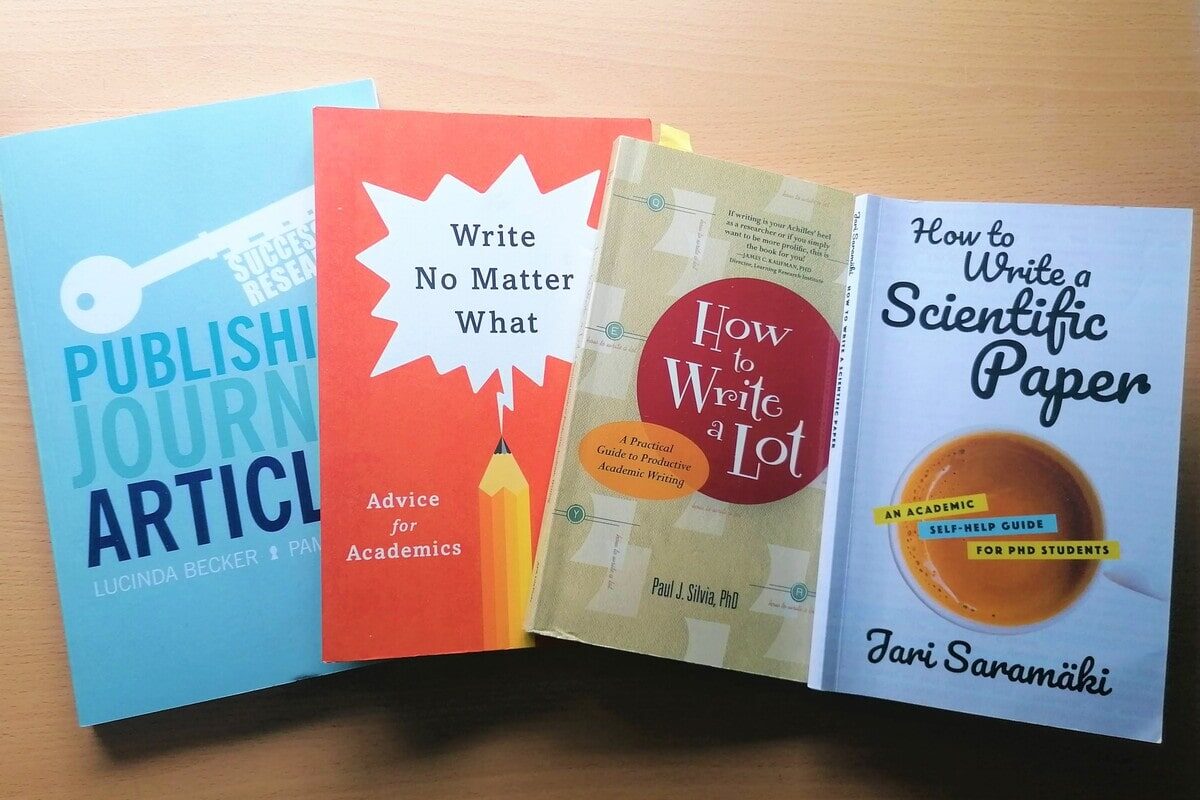As a scientist, you must excel at different skills, all at the same time. The lab work, data analysis, sitting in committees, faculty meetings, attending conferences and what not! Plus, publish papers and apply for grants. So, you are always under tremendous pressure.
It’s natural to get overwhelmed because scientific writing requires time, focus, and creativity. Writing at the last minute won’t give you a quality paper.
Well, there are six strategies you can implement right now to stay productive in your scientific writing. By implementing these strategies, you can get your paper done in less time and feel good about it.
So, here are those 6 strategies:
1) Get plenty of sleep
Haha! Only if you could get it!
Though it’s hard to find more time to sleep, being rested increases your productivity. If you write with a tired mind, it will take longer and affect the quality of your document. On the other hand, adequate sleep keeps you focused on your writing.
2) Set your goals
Why do you want to write a scientific paper? To get your doctorate degree or a promotion in your lab?
Be clear about your immediate and ultimate goals; see whether your writing project gets you closer to these goals. Once you commit to a writing task, it means you say no to the other tasks. So, be mindful on how you spend your time.
3) Plan your writing
Scientific manuscript writing differs from normal writing. In Science, you can’t foresee your findings; your article may take a different direction than you had planned. But still, you can have a plan and change it with time. A plan is always useful as it keeps you on track.
To create a writing plan:
- Include all the members of the writing project in the plan and agree on the deadlines.
- Make sure the people whom you need feedback form will be available at the desired time.
- Know how long it will take to complete the various tasks in scientific writing.
4) Give yourself deadlines
Deadlines keep you focused on work. That’s why they should be a part of your writing plan. Besides the final deadline for submission, include several deadlines for the specific goals in your writing plan.
We usually take the final deadline seriously but tend to put other things off. Therefore, involve other members while setting a deadline so they can keep you focused.
5) Find your ideal writing time
Getting up at 4 am every day and writing for two hours may seem ideal for some people, but not for many including you. So, don’t pressurize yourself.
Try writing at different times of the day for two weeks and assess at what time you were most focused and efficient. That’s your ideal writing time.
6) Make a daily to-do list
Don’t just write “Write Paper” in your to-do list. Instead, put the daily tasks of scientific writing that you will be able to finish that day. For example, “writing the discussion section”, “cross-checking all references” or “proof-reading the results section” etc.
Finally, know that productivity in scientific writing is all about planning your tasks. Plan your writing tasks in bits and keep a check on how you spend your time.





